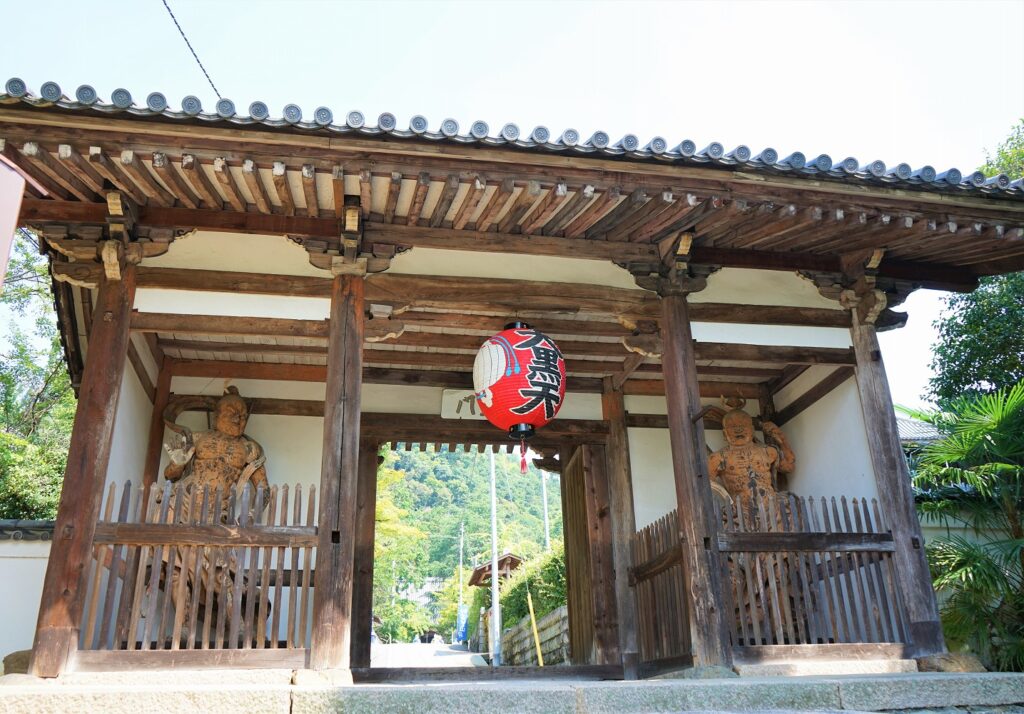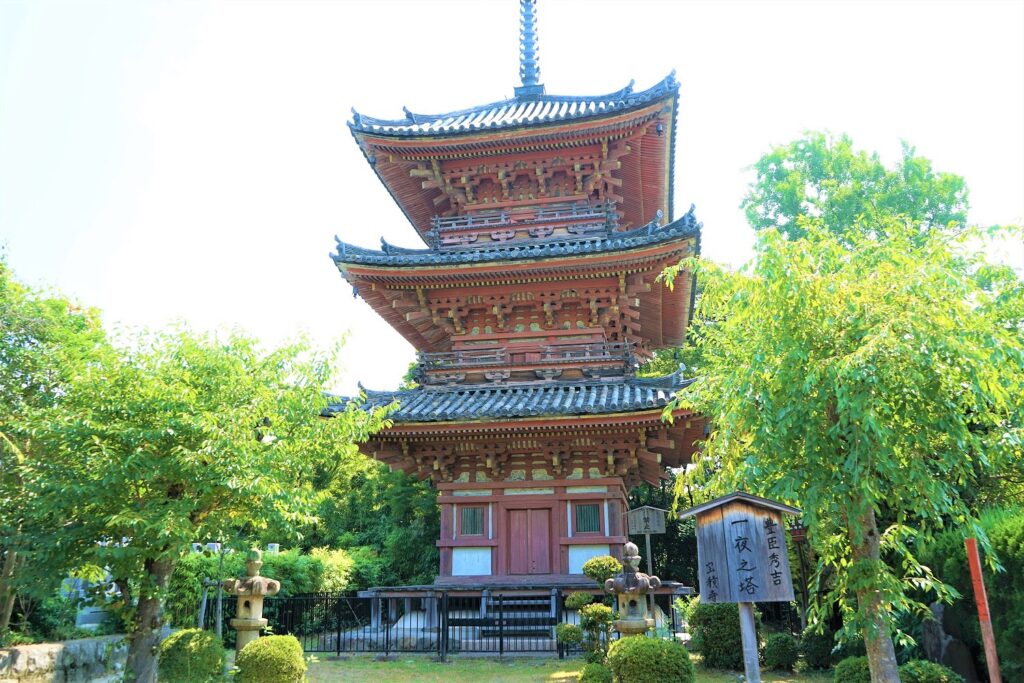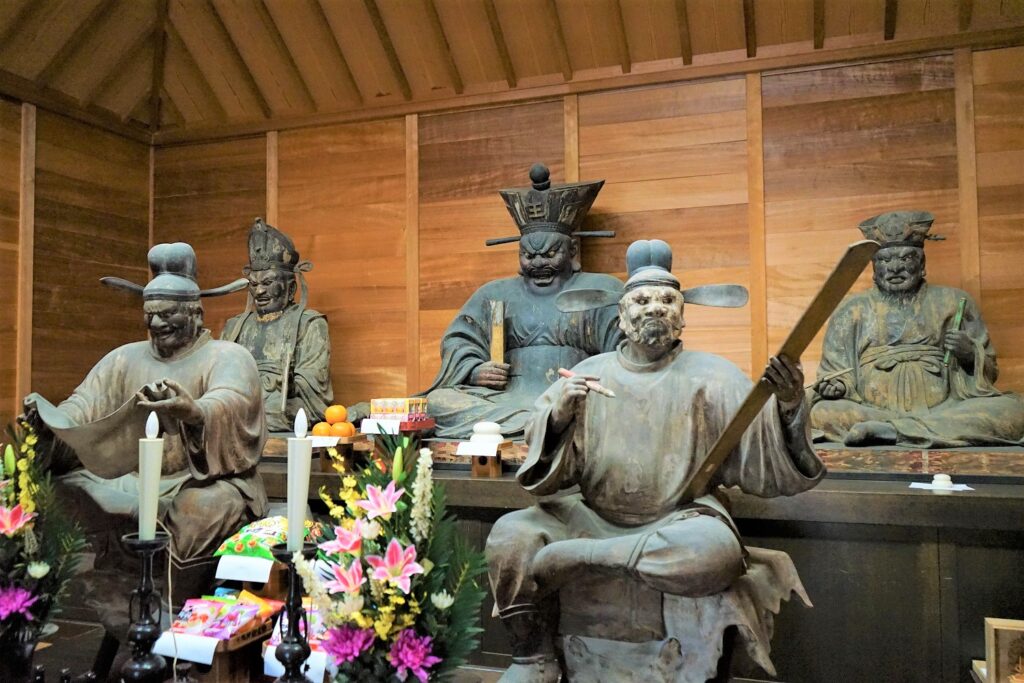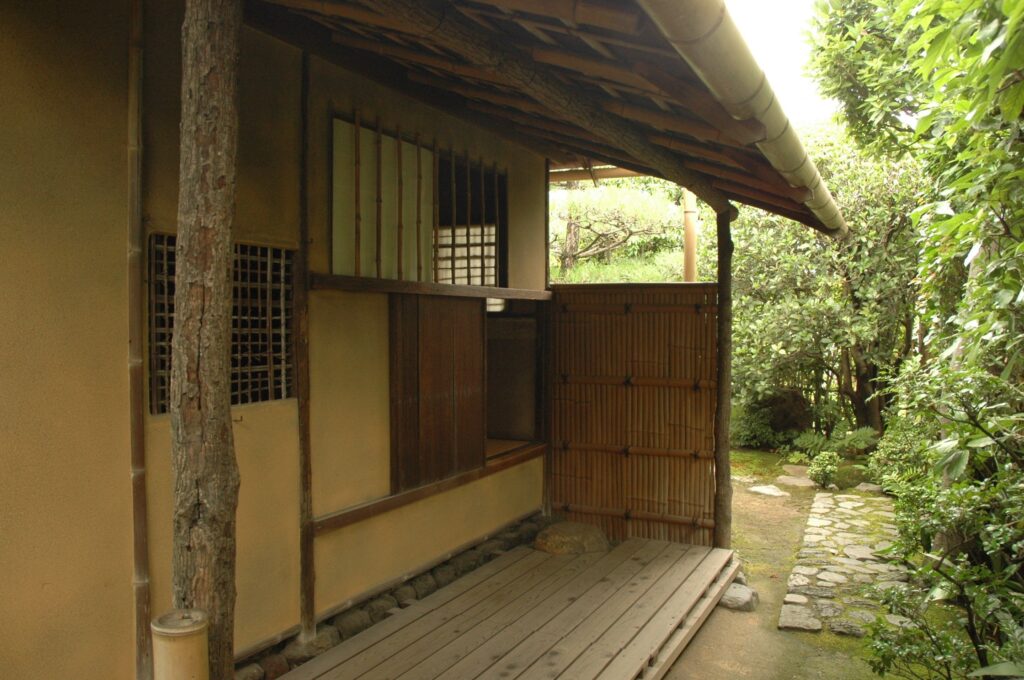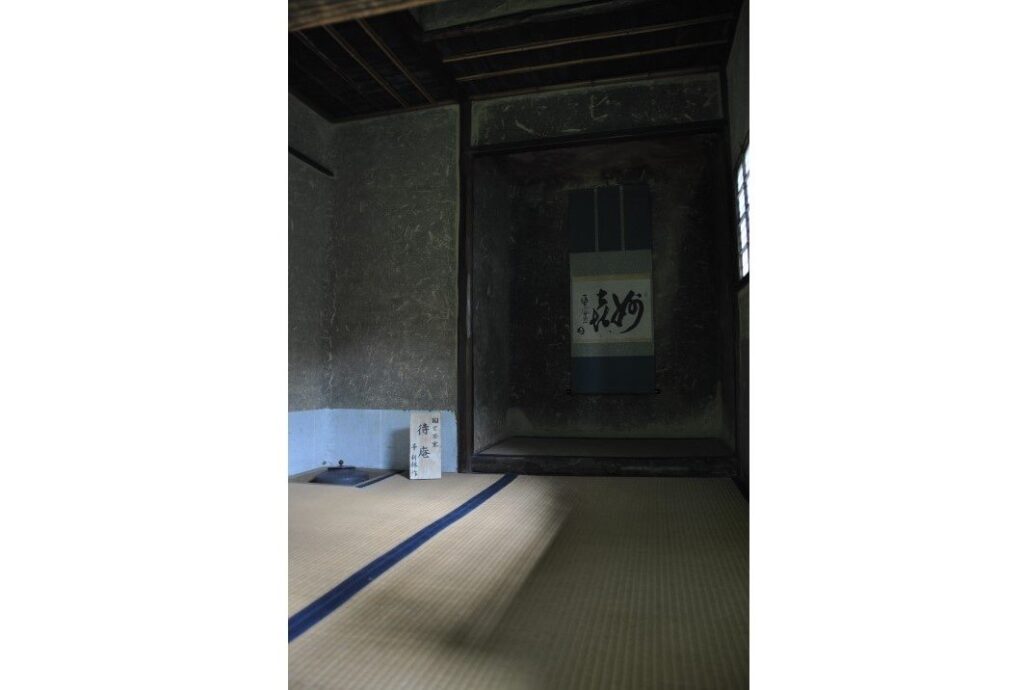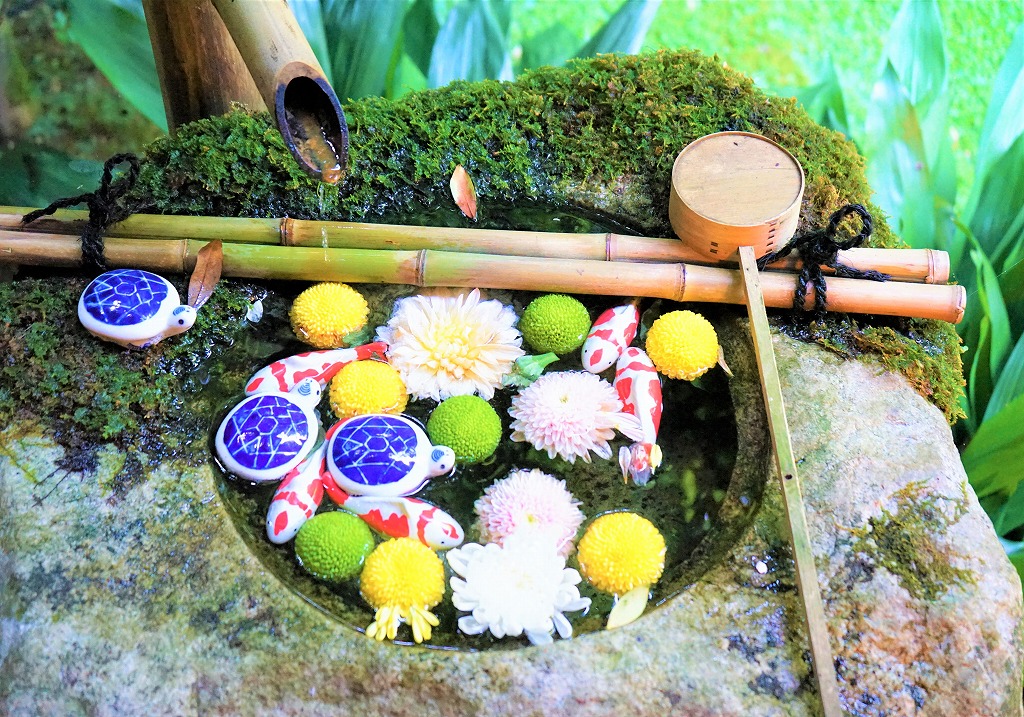8. Asahi Beer Oyamazaki Villa Museum of Art

The Asahi Beer Oyamazaki Villa Museum of Art opened in 1996 and regularly holds exhibitions of modern Japanese and Western art.
The Oyamazaki Villa was built in the 1920s as a personal weekend retreat by Shotaro Kaga (1888-1954), an influential businessman. Kaga had traveled through Europe in his younger years; he was the first Japanese person to reach the summit of Jungfrau in the Swiss Alps.
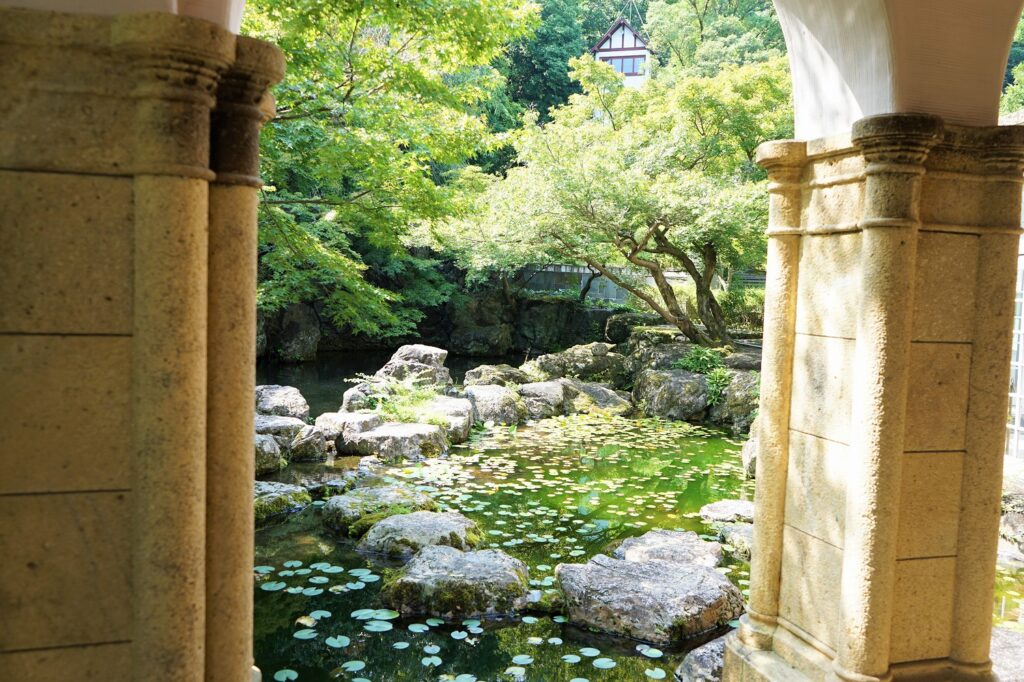
The Oyamazaki Villa reflects Kaga’s tastes and the inspiration he found in British culture. Every detail in the layout of the garden and the villa’s surroundings reflect the initial owner’s love for nature. In fact, the villa was renowned for orchids, which Kaga began cultivating himself in a greenhouse behind the mansion after learning the techniques in the United Kingdom.
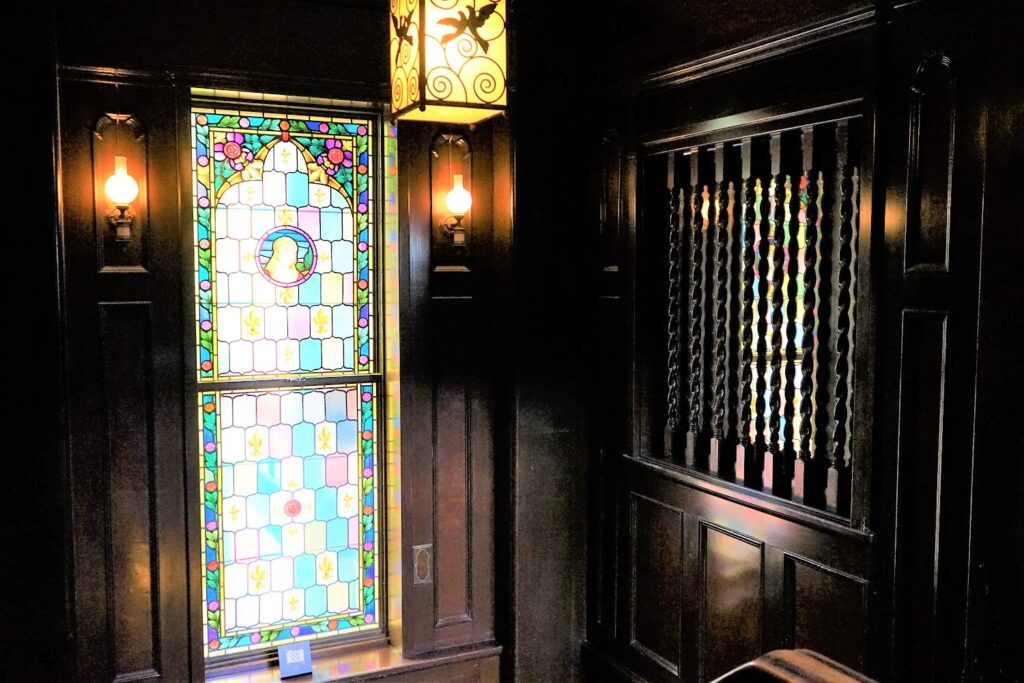
Nevertheless, Japanese artisanal crafts and aesthetics appear in many architectural details of the Oyamazaki Villa. The villa itself is an object of art that enriches one’s understanding of Japanese culture with every glance.
The artwork exhibited at this museum belongs to the art collection of Tamesaburo Yamamoto (1893-1966), the first president of the Asahi Breweries, contemporary and friend of Kaga’s, and a supporter of the Mingei art movement. (*2)
*2 The Mingei movement, started in the mid-1920s, promoted the beauty of Japanese folk crafts.
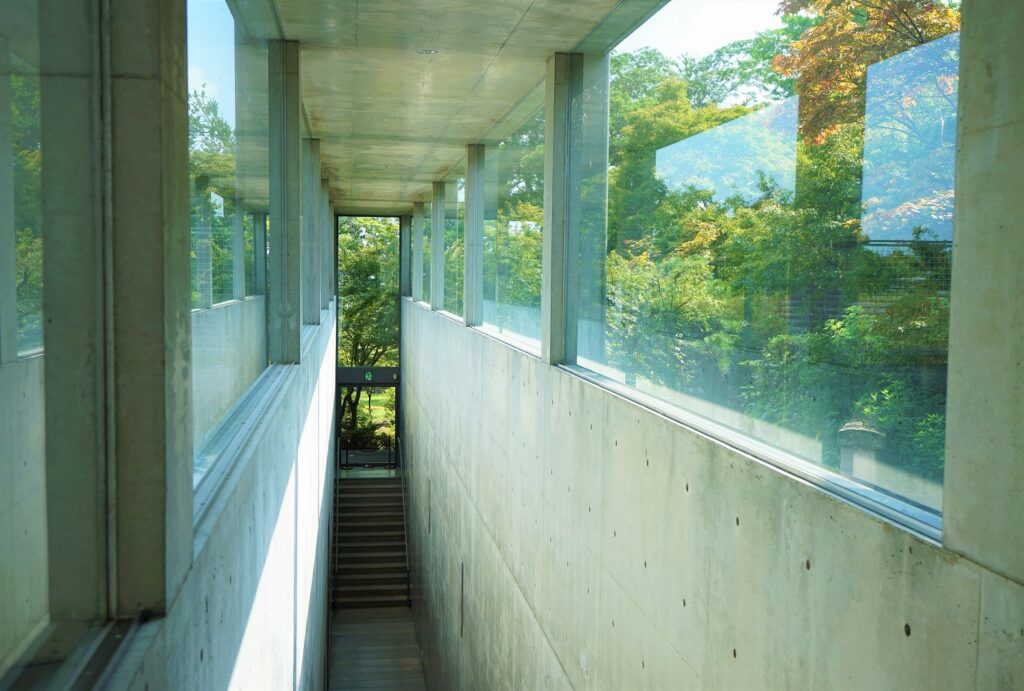
The Western art collection, which includes several paintings by Monet, is displayed in the Subterranean Jewel Box, an annex designed by renowned contemporary architect, Tadao Ando. This structure fuses harmoniously with the villa and its natural surroundings, enhancing the beauty of the scenery.
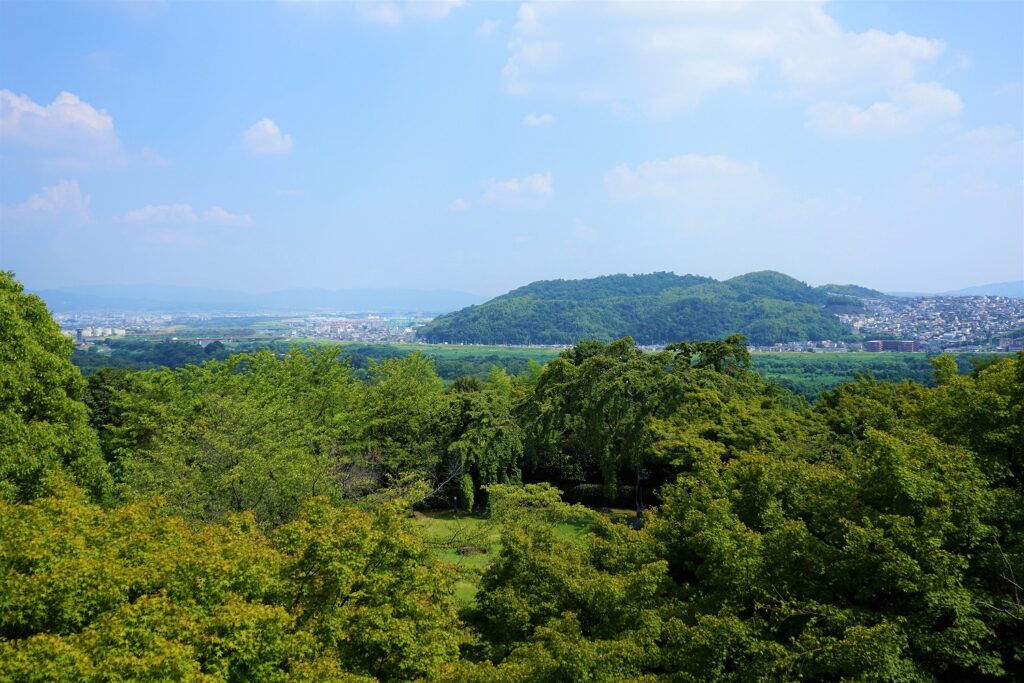
Visitors are encouraged to enjoy a coffee break on the terrace of the villa, which offers a wonderful view of Oyamazaki and the confluence of the three rivers. (*3)
*3 As of September 2020, the terrace is temporarily closed as a measure to prevent the spread of COVID-19 infections.
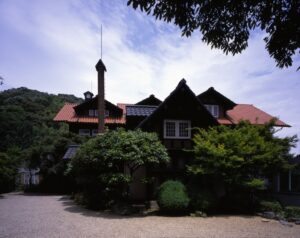
Asahi Group Oyamazaki Villa Museum of Art
The Asahi Beer Oyamazaki Villa Museum of Art consists of the main building, which was built between the 1910s and early 1930s, and two annexes—the Underground Jewelry Box (South Wing) and the Dream Bo …

